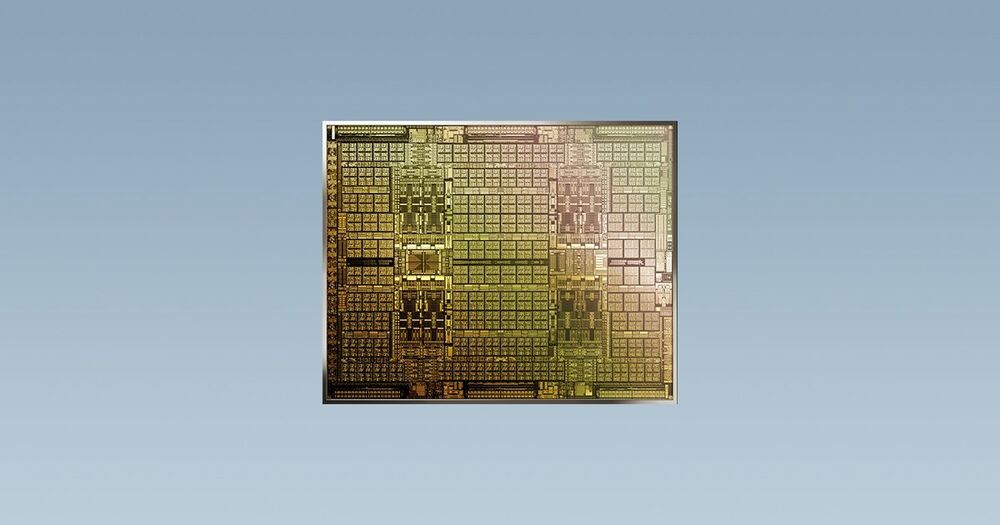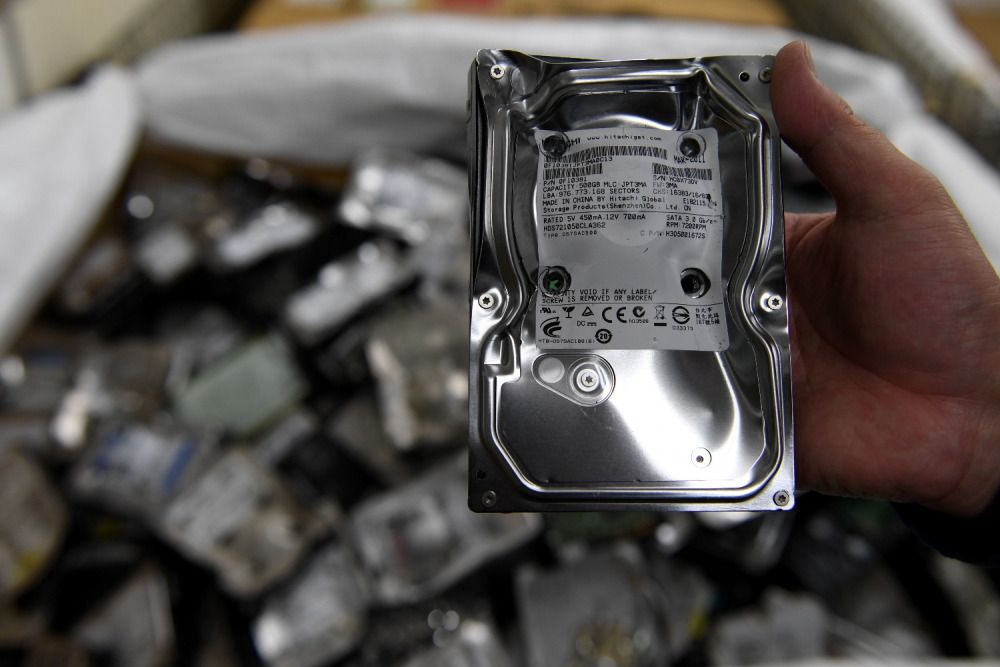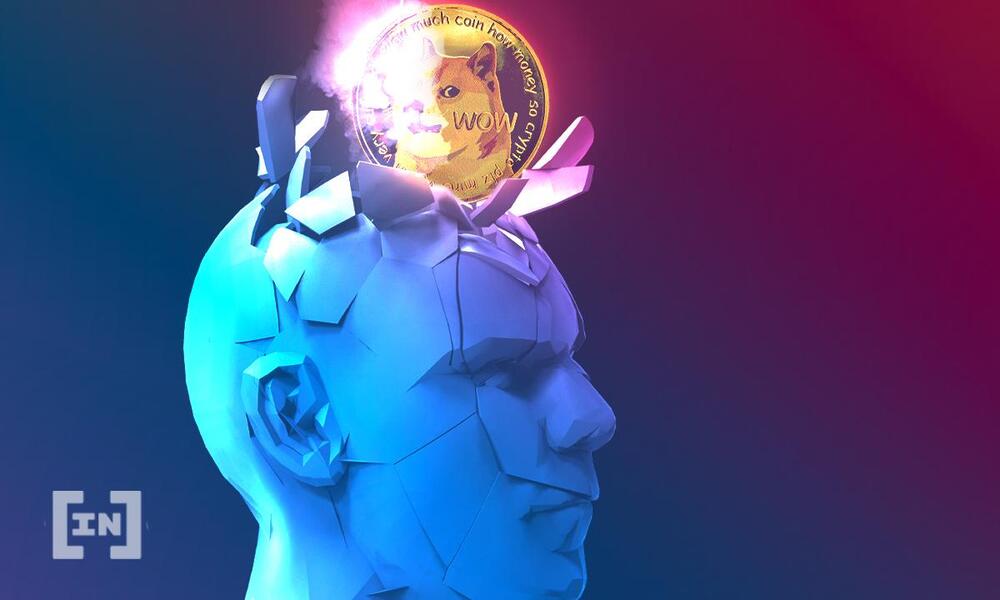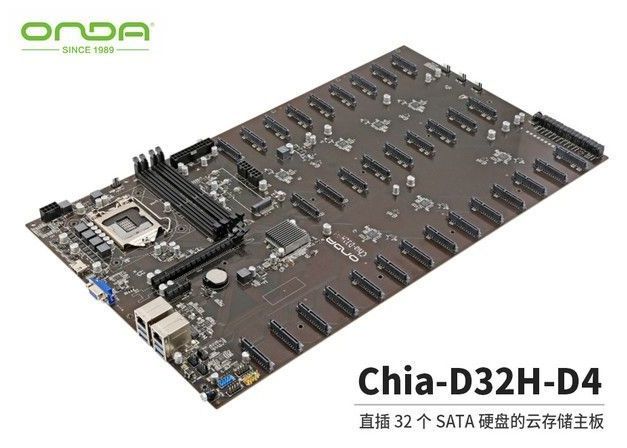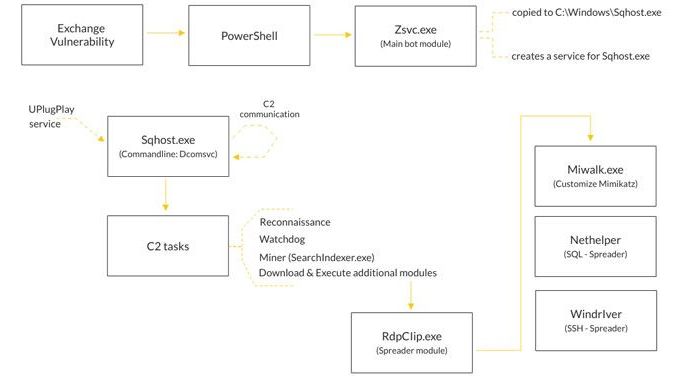The Nvidia 170HX could offer an Ethereum hash rate way in excess of an RTX 3090 for less power.
The latest rumours point to a brand new Nvidia cryptocurrency mining processor that’s capable of an Ethereum mining hash rate 164MH/s. If you’re not familiar with the hash rates of cryptocurrency mining, that make it an absolute whopper of a card—the GeForce RTX 3090 is somewhere in the region of 120-130MH/s. Wild, right?
It’s called the 170HX, says Twitter leaker 9550Pro, and it will feature 4480 CUDA Cores and run at 250W. Its secret, how it manages to out mine a beefier card in the 350W RTX 3090, is the choice of memory. There’s just 8GB of it on the reported card but that 8GB is made up of HBM2e, the HBM in which literally stands for High Bandwidth Memory.
